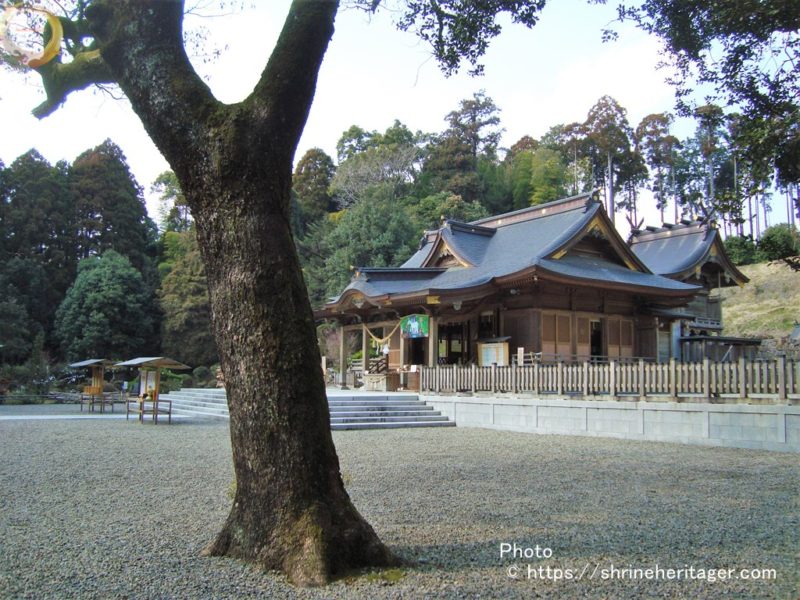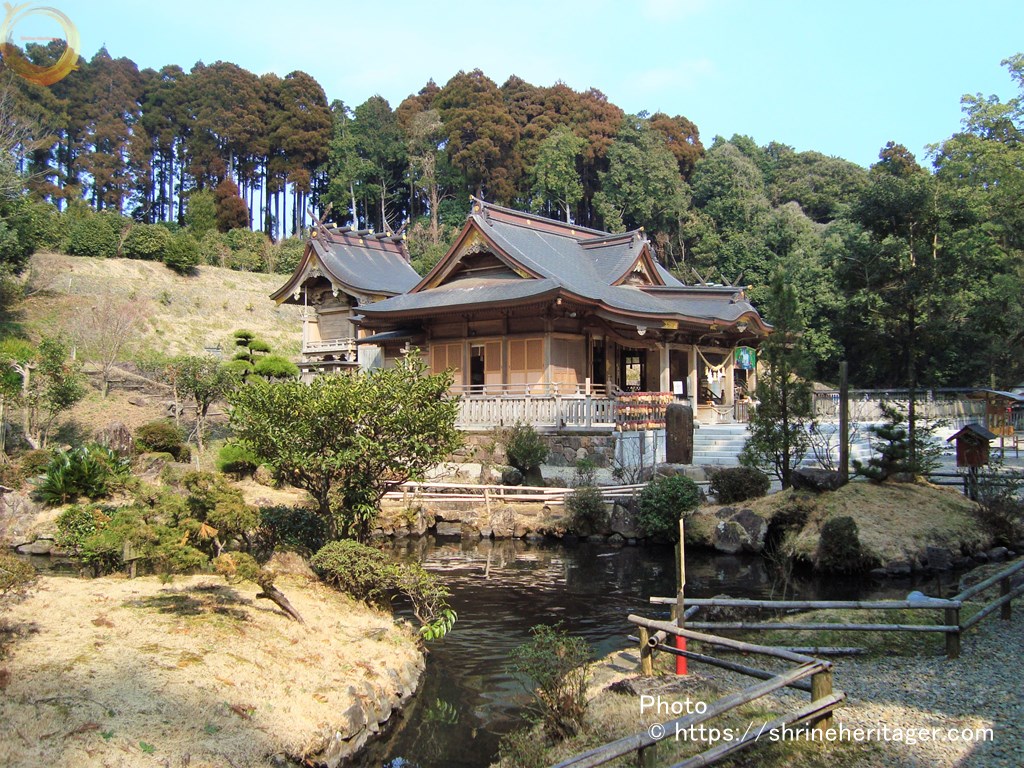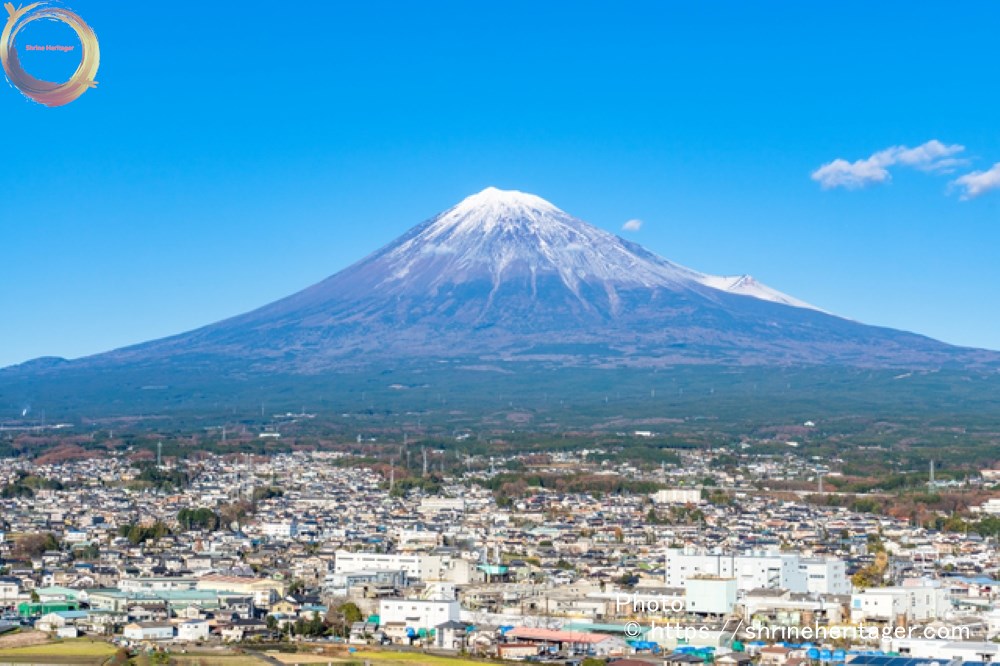According to legend, this shrine is said to have been built by the first emperor, tenno Jimmu(神武天皇). That was before he reached the throne. It was 2700 years ago.
目次
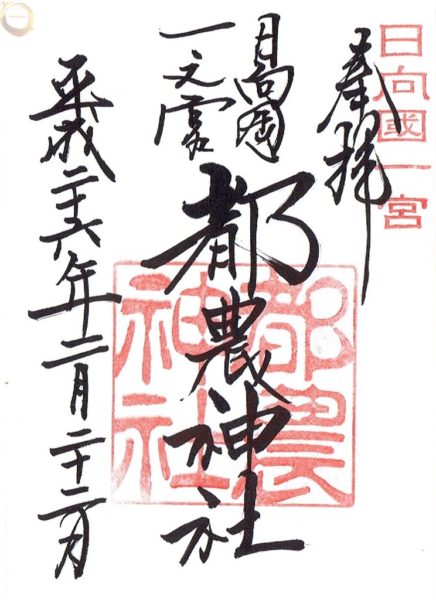
1.ご紹介(Introduction)
The official name of this shrine and how to be called The present address and map I will introduce the history of the god and the shrine enshrined.
【神社名(shrine name)】
都農神社(tsuno shrine)
(tsuno shrine)
[通称名(Common name)]
一の宮様
【鎮座地 (location) 】
Tsuno-cho, Koyu-gun, Miyazaki Prefecture, Japan
[地 図 (Google Map)]
【御祭神 (God's name to pray)】
《主》大己貴命(onamuchi no mikoto)
【御神格 (God's great power)】(ご利益)
Takamei (The Great Power) 娶 many queens and had many children with them. It came to be said that it was a god of the descendant prosperity (child-giving) with the god of the marriage from the end.
Also, by establishing the law of medical care and helping many people, it is also called the god of medical care (illness healing). It has come to be called the god of business development (prosperous business).
Official HP
【格 式 (Rules of dignity) 】
・『延喜式神名帳(engishiki jimmeicho)』所載社
・ 日向国一之宮
・ 別表神社
【創 建 (Beginning of history)】
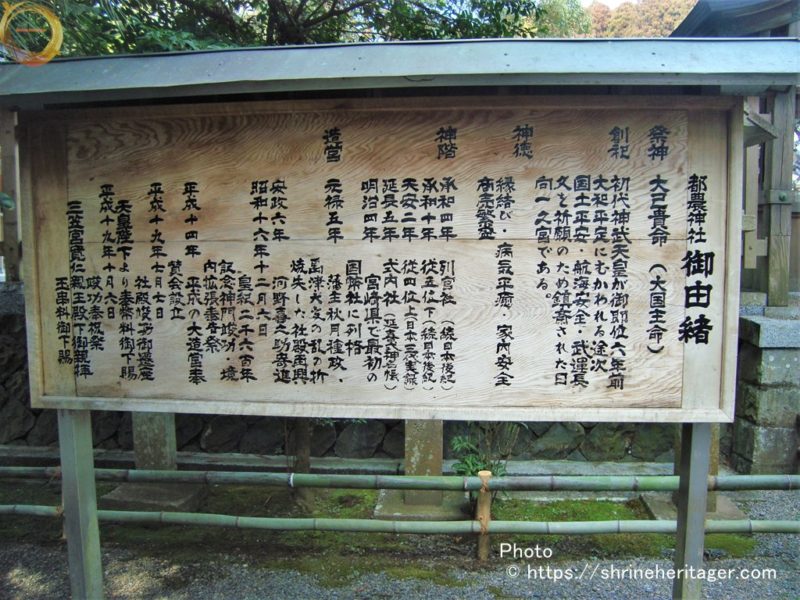
Was founded
It is said that Emperor Jinmu 6 years ago had departed from Miyazaki's palace and stopped at this place during the eastern transition to pray for the peace of the land, the peace of the sea, and the luck of armed forces for a long and long time.According to the old report,
It was the largest shrine in Hyuga Kuni, but during the conflict between Shimadzu and Otomo during the Tensho era, all the shrines, treasures, ancient documents, etc. were destroyed by the fire of Mr. Otomo, but the shrine was evacuated to the foot of Mount Osuzu. Escaped the difficulty.
After the conflict, there was only a small shrine without the reconstruction of the shrine for many years.In the 5th year of the Genroku era, "Akizuki Tansei", the lord of Akizuki, revived the building,
In 6th year of Ansei, there was a donation to the shrine of Atsushiya.
After that, the “Shusen Hosenkai” was established in 2002 along with the deterioration of the shrine, and the current shrine was completed on July 7, 2007.From the official website
【由 緒 (history)】
The Tsuno shrine has been called "Hinata Kuninomiya" since ancient times. The deity god is an ancient shrine dedicated to "onamuchi no mikoto," which has a high deity.
According to the legend of our company, Emperor Jimmu departed from "Miyazaki no Miya" during the eastern transition. On the way, the Emperor prayed to the ancestors of the land peace, maritime peace, and the luck of armed forces in this land for a long time. This is the creation of this shrine.
The shrine has since been revered by successive royal families. It became state-owned during the time of the 54th Emperor Nimei. In the age of the 56th Emperor Seiwa, the status rose. In the era of the 60th Emperor Daigo, it was recorded in the "engishiki jimmeicho". It is Ichinomiya of Hyuga country.
According to the old account of this shrine, in the old days, the shrine was magnificent, the shrine grounds were wide open, the third torii was between 15 and 6 and the second torii was between 6 and 7 It was built over. The old trace is still recognized. During the Tensho era, the Otomo and Shimazu military commanders were in conflict, suffering from company fires, and the treasured treasures of ancient life and ancient documents disappeared. Since then, the precincts of the shrine have been steadily shrinking.
Upon the practice of the Emperor Meiji, he worships the Shinto ritual according to the restoration of the royal rule and the Baidu Restoration, and cites the auspices of respecting rituals.
This shrine was lined up as a state-run shrine ahead of other shrines in the prefecture on May 15, 1884.
In 1934, at the ceremony of the 2600th anniversary of Emperor Jimmu's relocation to the East, as a commemorative project, we organized a support group and expanded the precincts. Generally speaking, the state of the present state is reached, and the god of God believes in complete remission.God's "onamuchi no mikoto" is especially honored for national land development, aquaculture and farming, not to mention the spirituality as a sacred god, as well as a god of fishery navigation, a god of traffic safety, and medical care. It is a shrine that gathers the faith of ancient people as a guardian deity of the God of God, the God of marriage, prosperity of the descendants, and Fukunenman.
"National Shrine Festival Comprehensive Survey (1995)" [Shrine Head Office]
【境内社 (Other deities within the precincts)】
It is on the left side facing the main shrine
・摂社 素盞嗚神社(susanowo shrine)
《主》速須佐之男神(susanowo no kami)
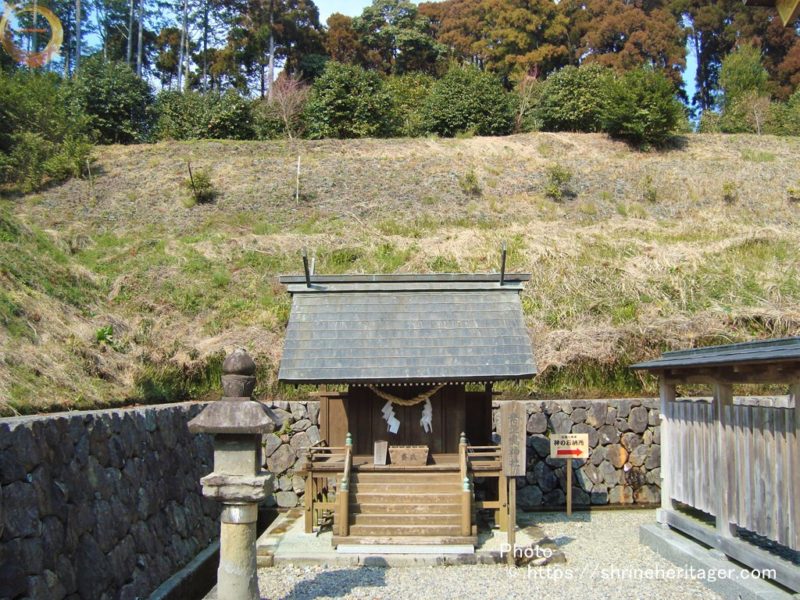
本殿向かって右側に鎮座
・摂社 手摩乳神社・足摩乳神社
《主》手摩乳神・足摩乳神
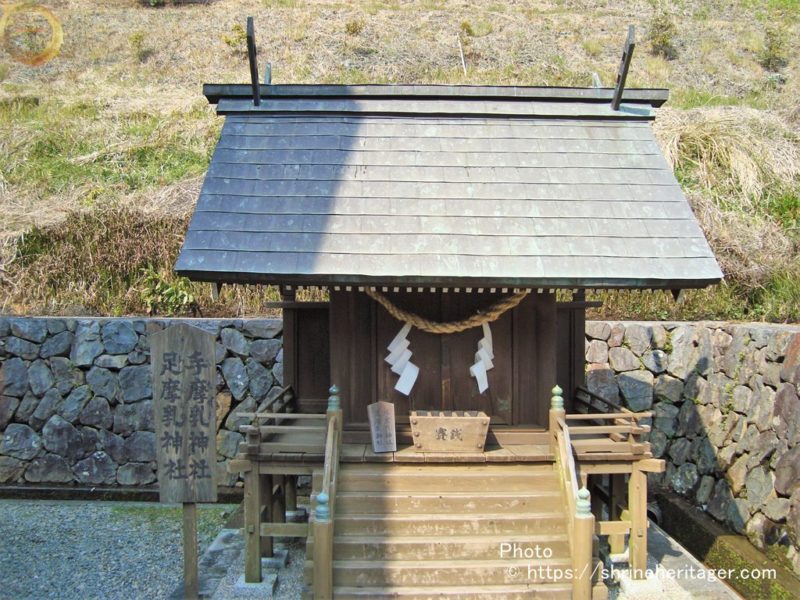
・末社 熊野神社
《主》早玉男神・事解男神・菊理比売神
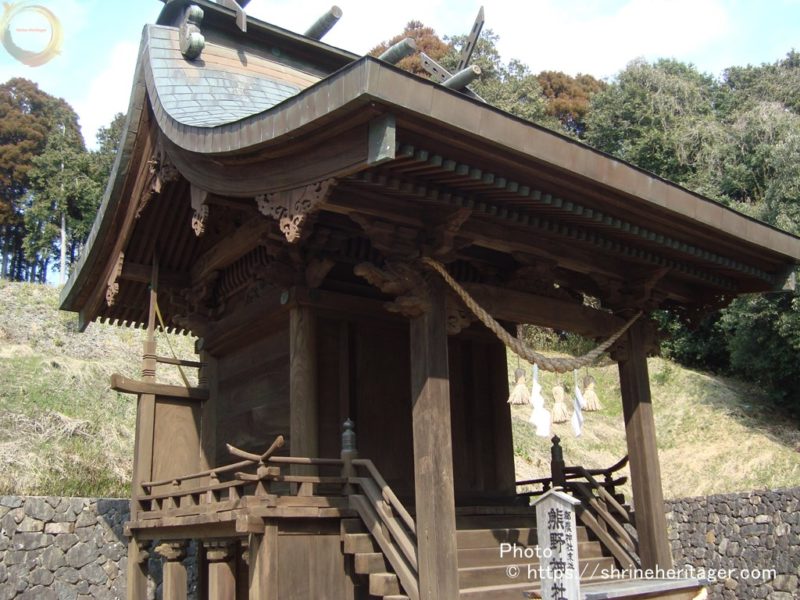
・末社 稲荷神社
《主》宇加之御魂神
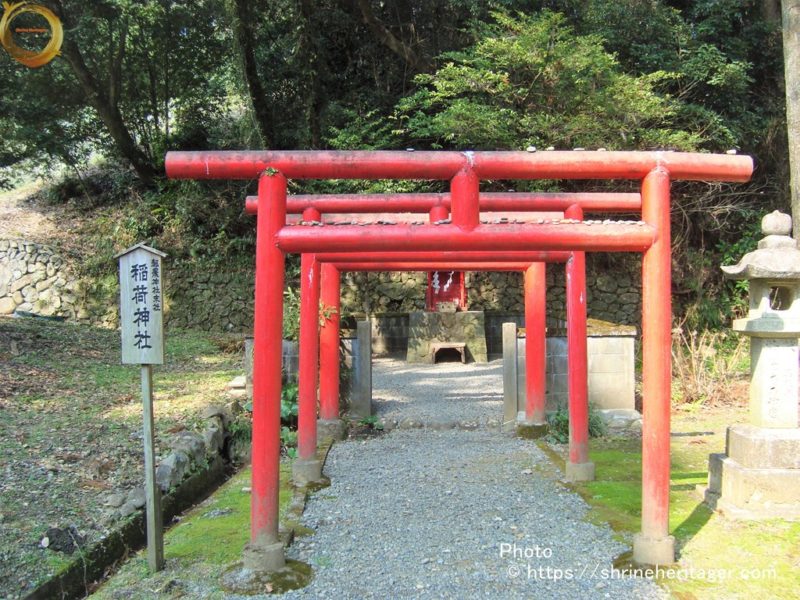
・末社 愛宕神社
《主》火産霊神
・都農祖霊社
《主》氏子の祖霊
・奥宮 瀧神社(There is an immovable waterfall behind the shrine, and it is also said to be the Oku Shrine (Okunoin) of Tono Shrine.)
《主》高龗神
スポンサーリンク
この神社の予備知識(Preliminary knowledge of this shrine)
This shrine has a long history.
『延喜式神名帳(engishiki jimmeicho)』The two volumes that are regarded as important among all 50 ritual- style scrolls created by the Imperial Court during the middle Heian period are called " engishiki jimmeicho " (edited in December 927). Approximately 1100 years ago, the name of "2861 company" and the number of gods enshrined there are listed in the list of government offices (shikinaisha) nationwide.
【延喜式神名帳】(engishiki jimmeicho)The shrine record was completed in December 927 AD.
[旧 行政区分](Old administrative district)
(神様の鎮座数)西海道 107座…大38・小69
[旧 国 名 ](old county name)
(神様の鎮座数)日向国 4座(並小)
[旧 郡 名 ](old region name)
(神様の鎮座数)児湯郡 2座(並小)
[名神大 大 小] 式内 小社
[旧 神社名 ] 都農神社(貞)
[ふ り が な ](つのの かみのやしろ)
[How to read] (tsuno no kamino yashiro)
https://www.digital.archives.go.jp/DAS/meta/listPhoto?LANG=default&BID=F1000000000000004146&ID=M2014101719562090086&TYPE=&NO= Image Use
National Diet Library Digital Collection Enki-shiki Publication (Baba) [Former Kurashi] Autumn Leaves Yama Bunko
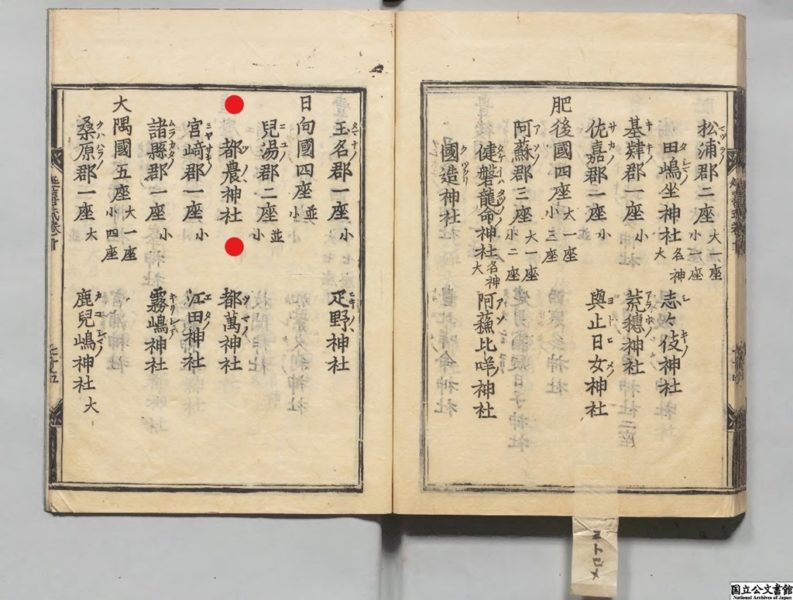
【オタッキーポイント】(Points selected by Japanese Otaku)
あなたが この神社に興味が湧くような予備知識をオタク視点でご紹介します
"Aburaishi" that talks about the depth of religious belief
There is a tradition of stones at the shrine. The "Abura stone" (historic site of a folk cultural property) on the left side of Ogami Bridge on the way of the approach tells the depth of people's faith.
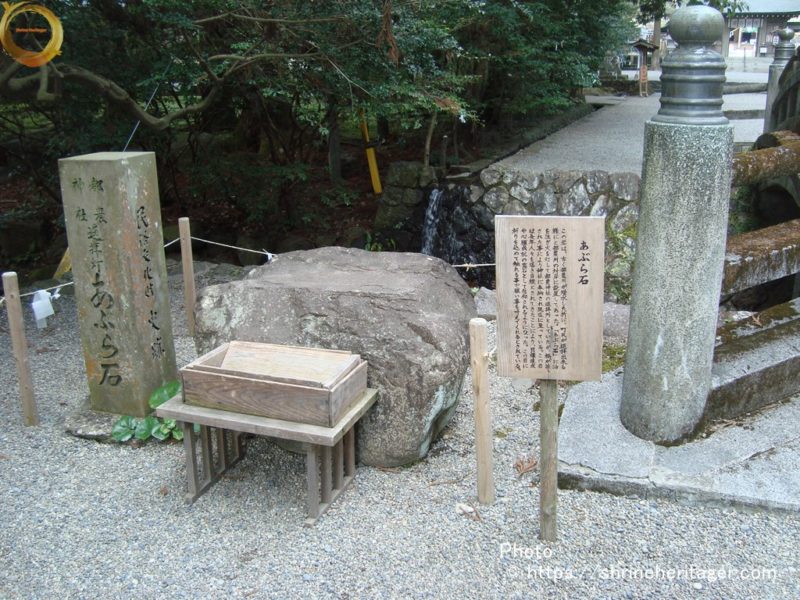
Oil stone
This rock was installed on the opposite bank of the Tono River so that the townspeople could worship it when the Tono River was flooded.
It was used as a place of worship for shrines by pouring oil on "Aburaishi" and lighting it up, but since the bridge was completed, it has been dedicated to the shrine and is still in use today.This rock has been worshiped as a sacred stone for achieving goals and fulfilling the wishes of people by guiding and aiming for many years.
It is said that if you touch this rock with a wish, it will make your wish come true.From the information board
スポンサーリンク
Visit the Shrine (Pray at the Shrine)
I introduce the state when I visited this shrine.
About 2km from Tsuno Station via Prefectural Road 310 About 4 minutes by car
When heading south toward R10 from the direction of Hyuga City, it is divided into R10 and the old road near the center of Tsunomachi This shrine is located between R10 and the old road
Otorii stands along R10
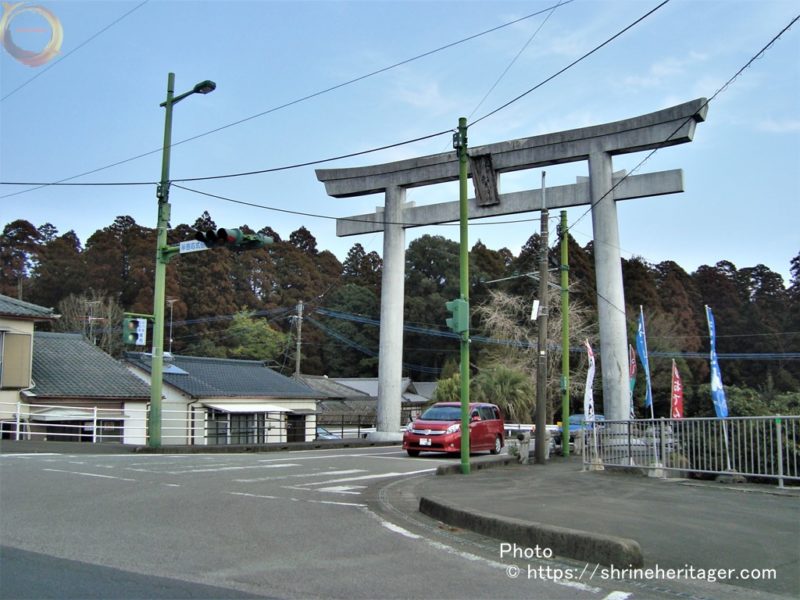
Arrived at Tsuno shrine
From the parking lot, you will come out on the way to the wide approach.
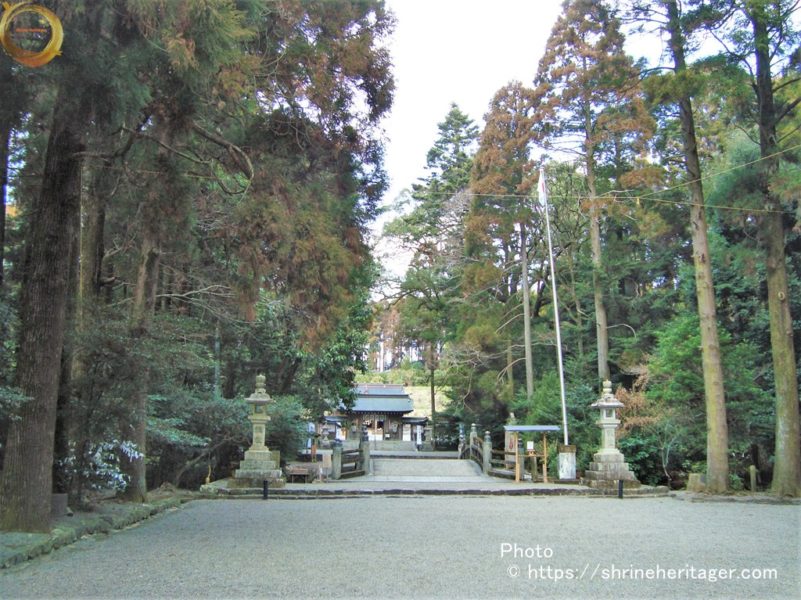
Stones related to Shinto rituals are placed on the left and right sides of Kami Bridge.
To the left of Kamibashi is the "Abura stone" (historic site of folk cultural assets) that I mentioned earlier.
It is said that there is a benefit in touching the stone with all your thoughts. It is recommended for those who wish.
In front of the right hand side of Shinbashi, there is a stone of "Ishimochi Shinto ritual".
One of the Shinto rituals that I want to do by all
means in the worship of "Tono Shrine" is "Ishimochi Shinto ritual". I'll choose one of the black stones that are here with a gift, and i'll hold it and sit down to the main shrine, and then
I'll
pay the stone to the "God's Stone Place" on the back side of the main shrine.
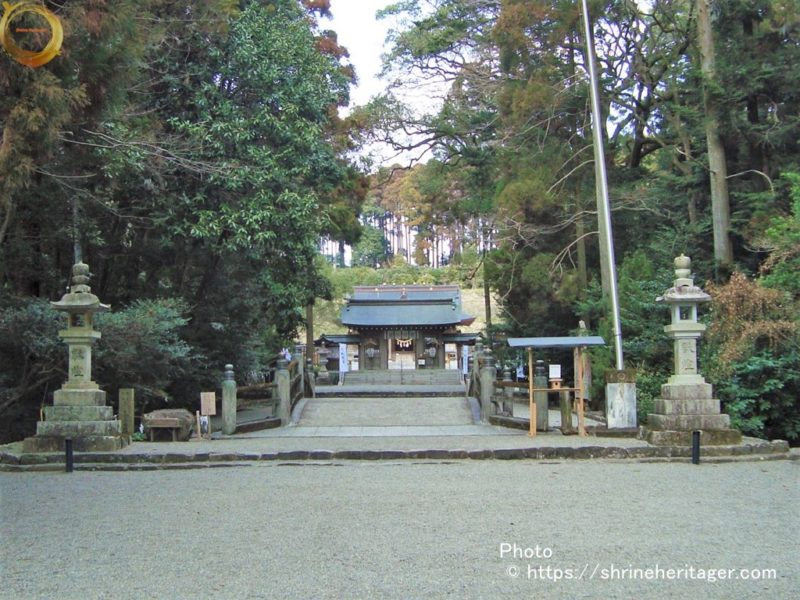
After a short bow, cross the Shinkyo Bridge, and on the right hand side of the approach is the "Ema" and on the left is the "Shrine Office". I got the red stamp here
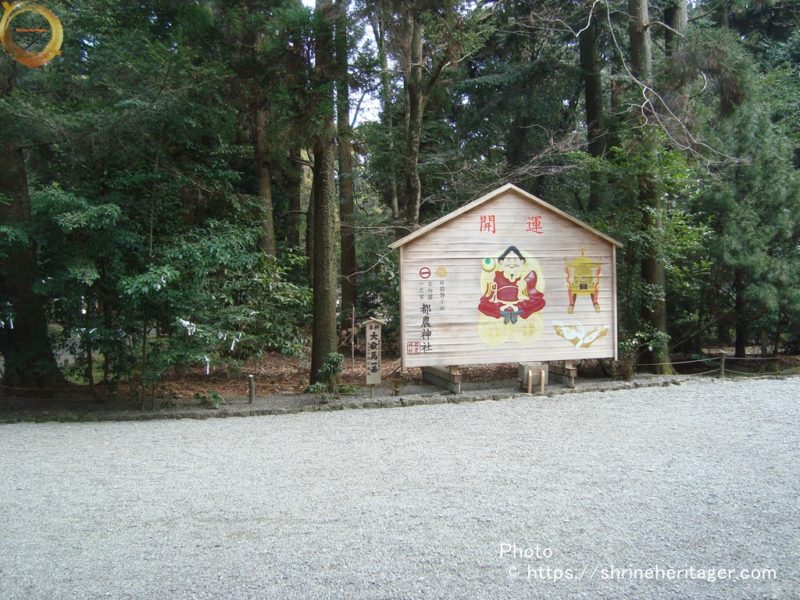
There is a "temizusha" on the left hand in front of the Shinto
gate, and the stone of the god of "Ishimochi Shinto ritual" is held, and it is cleansed with the hand water. It is said that it is a self-exorcism place (Jibaraisho), and it shakes greatly in the order of the left right left while chanting "It is paid to the exorcism, it is cleansed, and it protects it to the salary, and it is paid to the salary" in the order of the left right left.
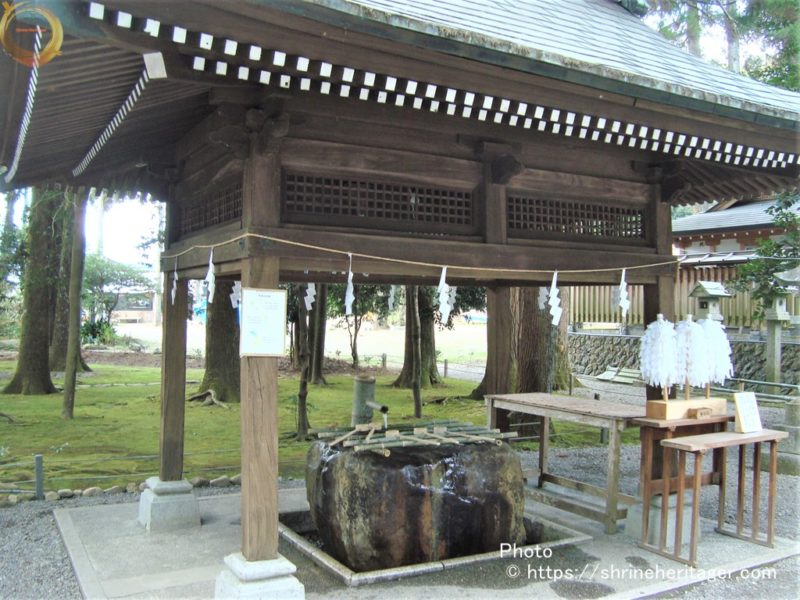
With this ritual, I have purified my whole body, so I'm ready for a pilgrimage.
Pass through the Shinmon Gate (Namdaimon) with a refreshing feeling
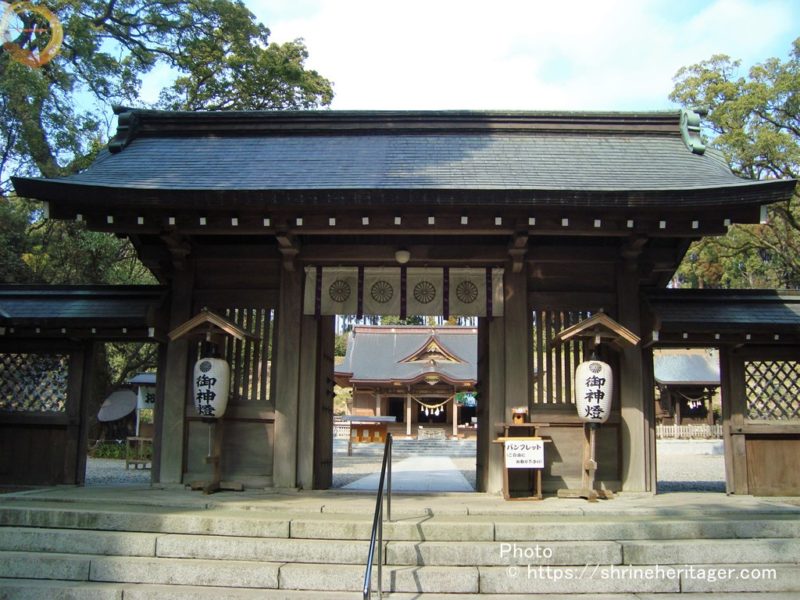
On the right hand side of the Shinmon Gate, you can benefit by stroking "Stroking great power" "Stroking rabbit"
"Stroking a Rabbit" will give you the benefit of illness
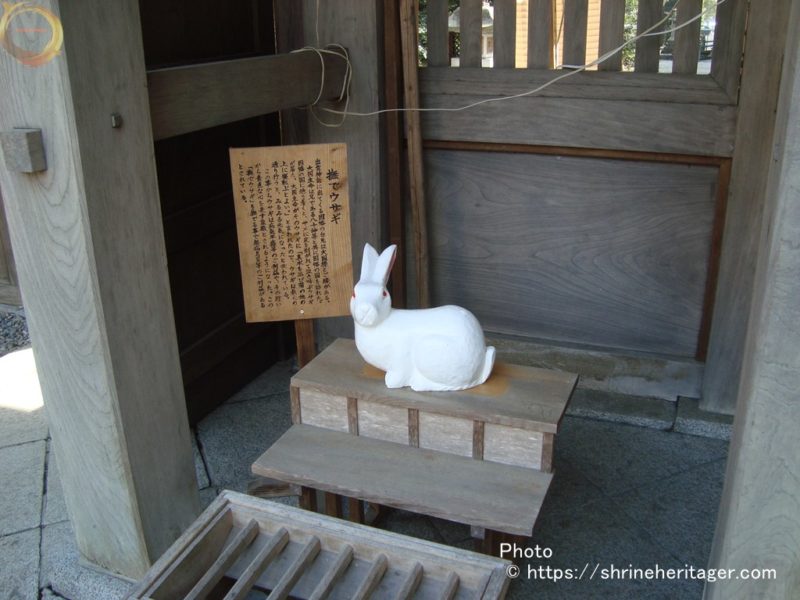
"Stroking Great Powers" is a benefit to Daikoku because he is a god who gave birth to the country and healed sickness.
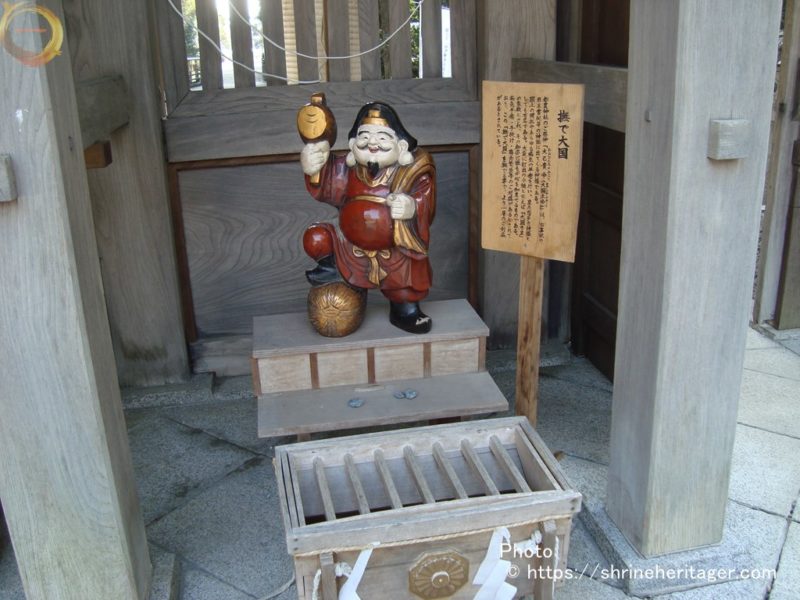
At the back of the right hand
side is kagura-den and mikoshi-koshi-ko. It was an old shrine, and it looks like a shrine hall.
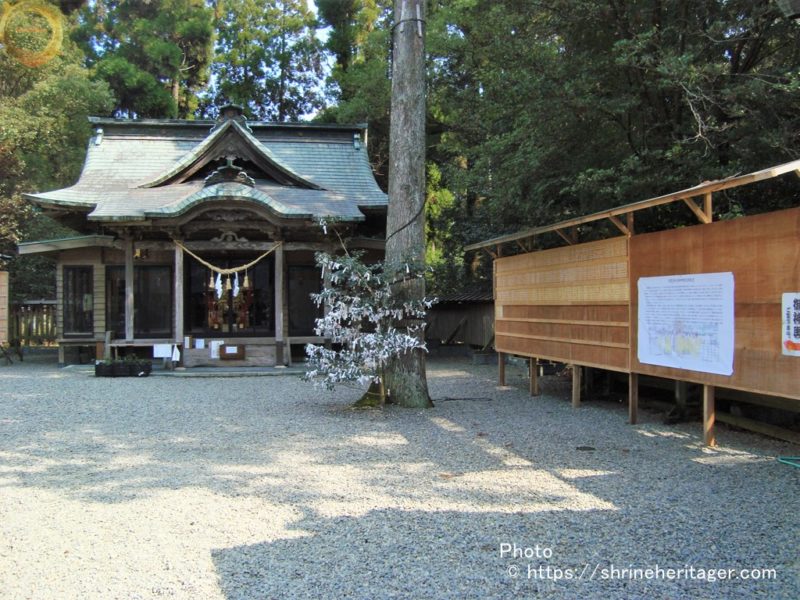
On the left side of the Shinto shrine is the sacred tree of the sacred tree "and sacred elephant"
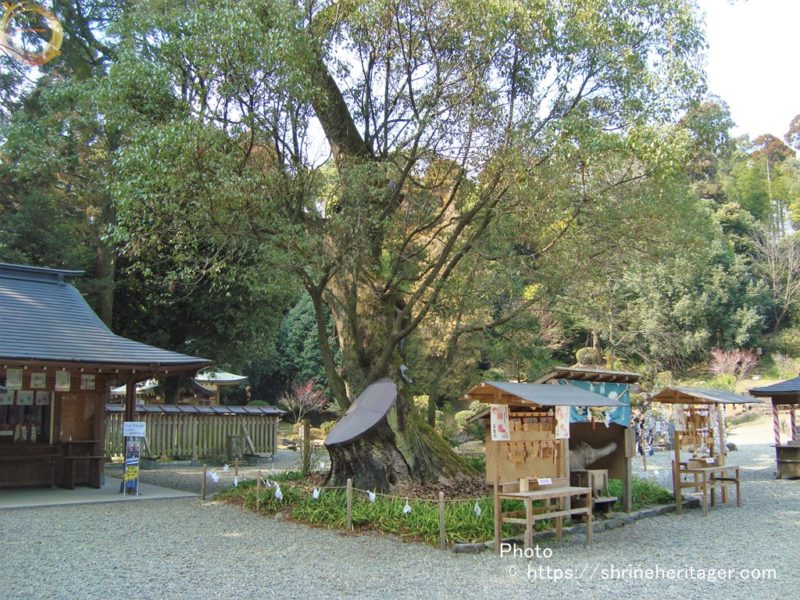
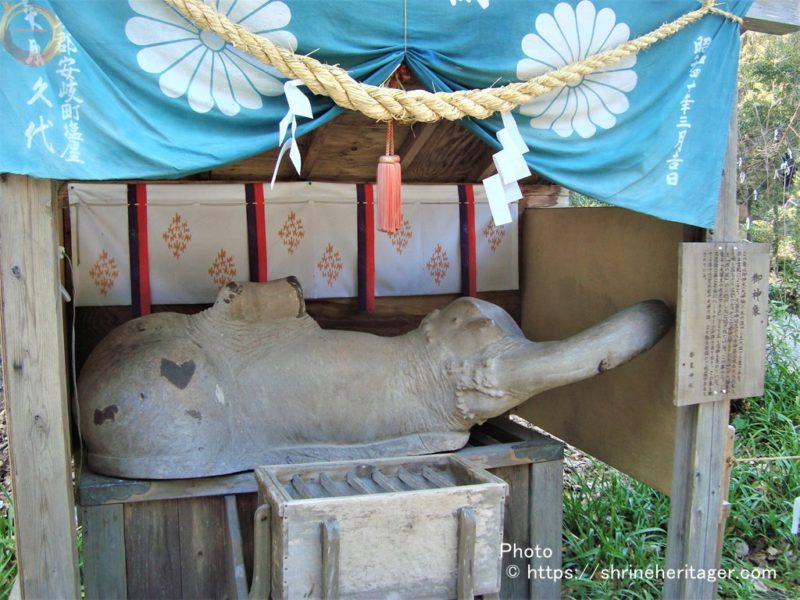
Behind that is the "God's guardian's office"
Follow the cobblestone approach
Head to the worship hall
Give me a prayer.
When you reach the god of worship, where you worship God's power, pray with your hands together.
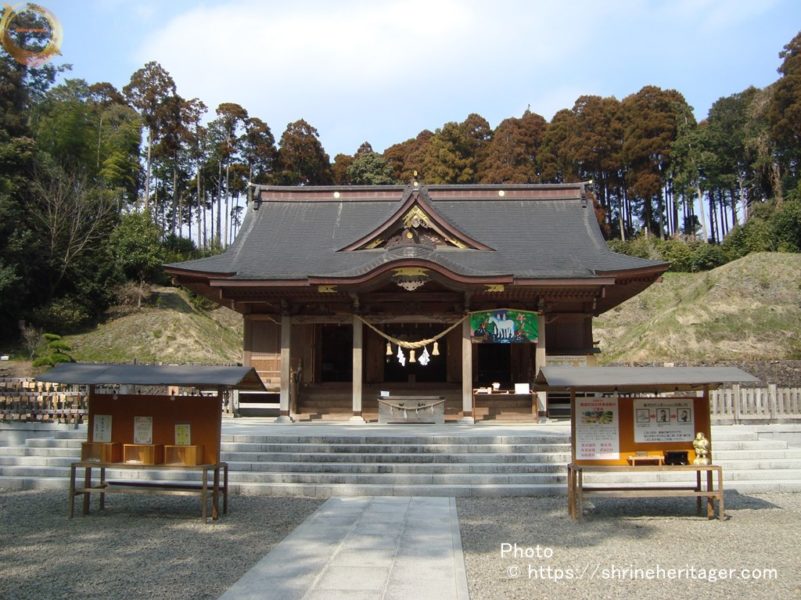
From the left side of the worship hall, head to the back of the main shrine of "God's Stone House"

Look up to the main hall
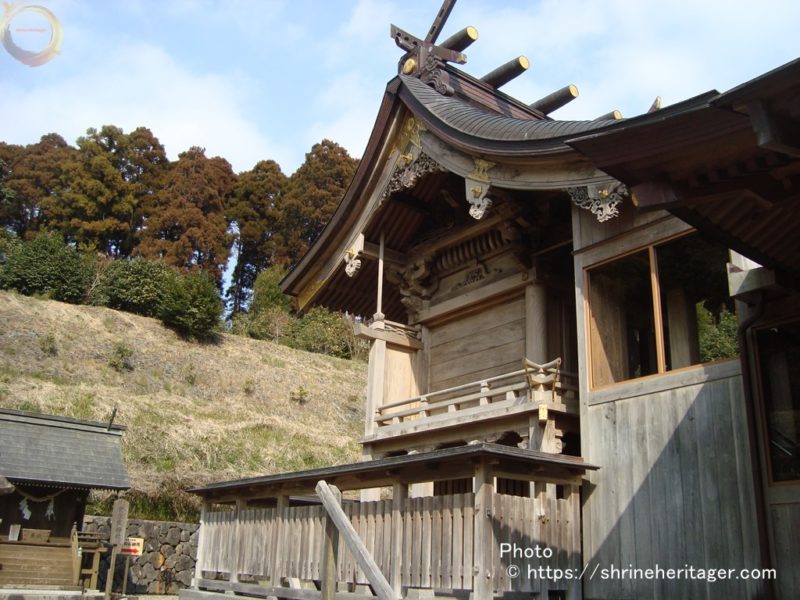
I am visiting the shrine on the left side of the main shrine.
・摂社 素盞嗚神社(susanowo shrine)
《主》速須佐之男神(susanowo no kami)
Behind the main shrine
It is a place to put the stone that I mentioned in the previous "Ishimochi Shinto" that if you worship with a black stone, your wish will come true.
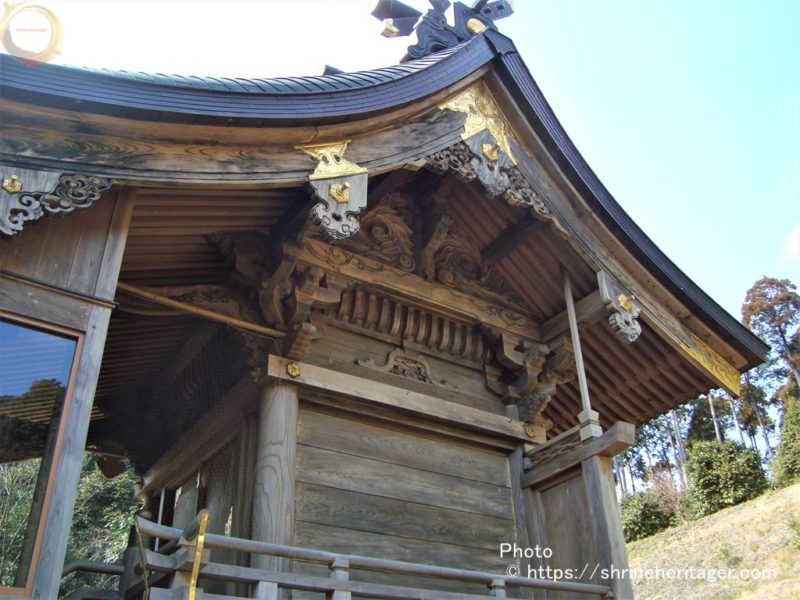
本殿をよく見ると「ネズミの彫刻」が ところどころに彫られています
This rat sculpture protects the deity by means of godliness
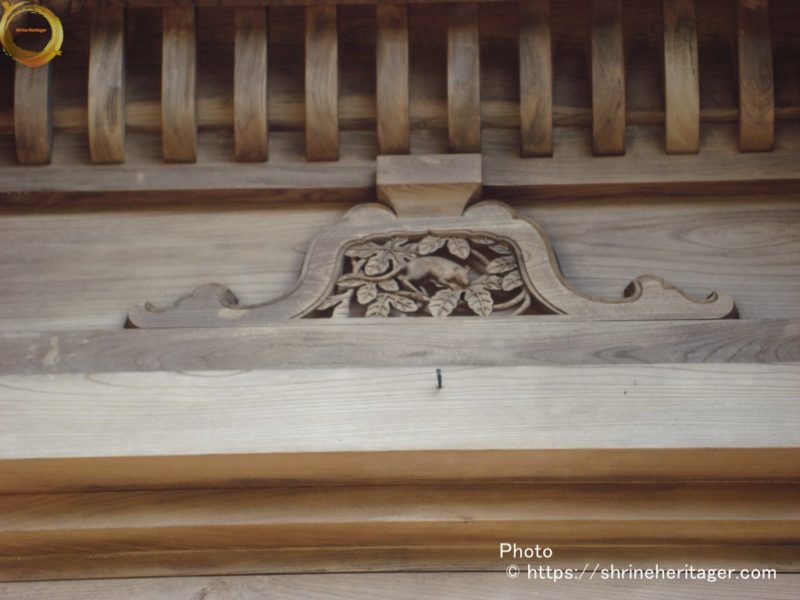
We are visiting a shrine company on the right side of the main shrine.
・摂社 手摩乳神社・足摩乳神社
《主》手摩乳神・足摩乳神
To line up in the hall of worshipI will pay homage to the shrine in the shrine.
・末社 熊野神社
《主》早玉男神・事解男神・菊理比売神
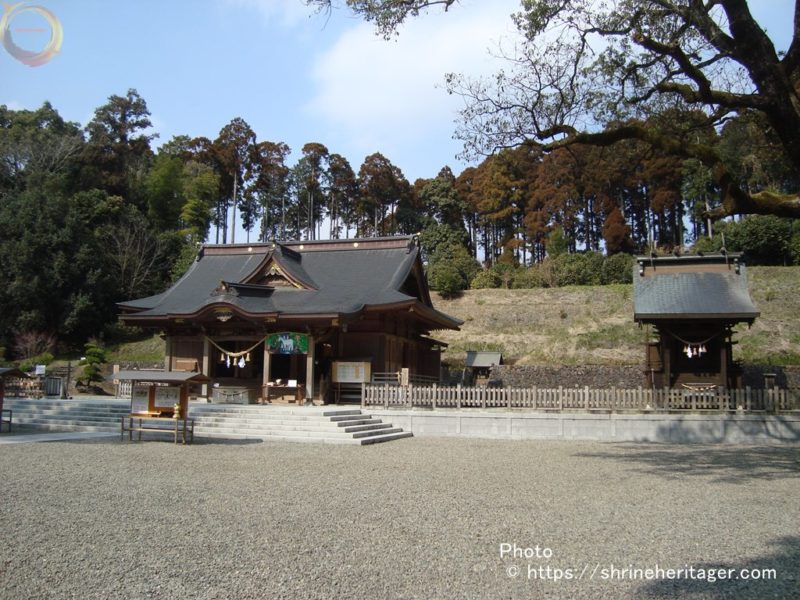
Looking at the shrine from the right side
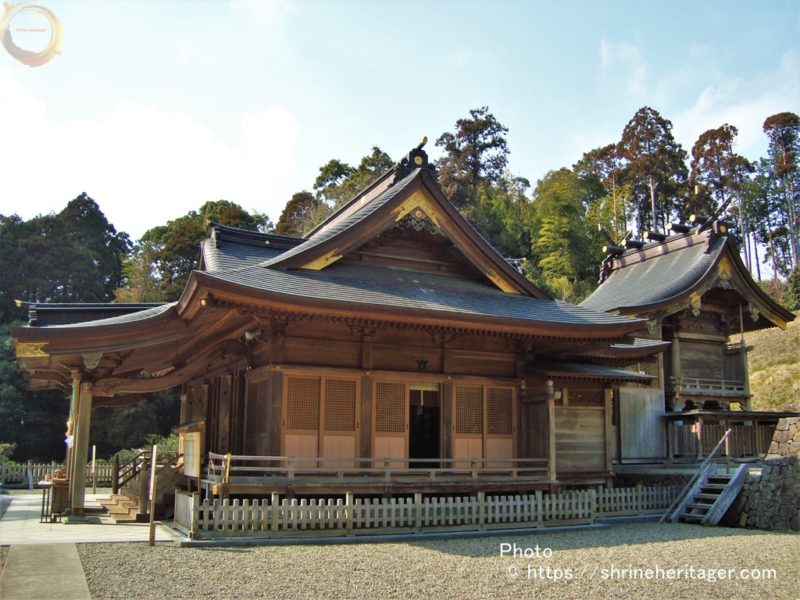
Once outside the Tamagaki area
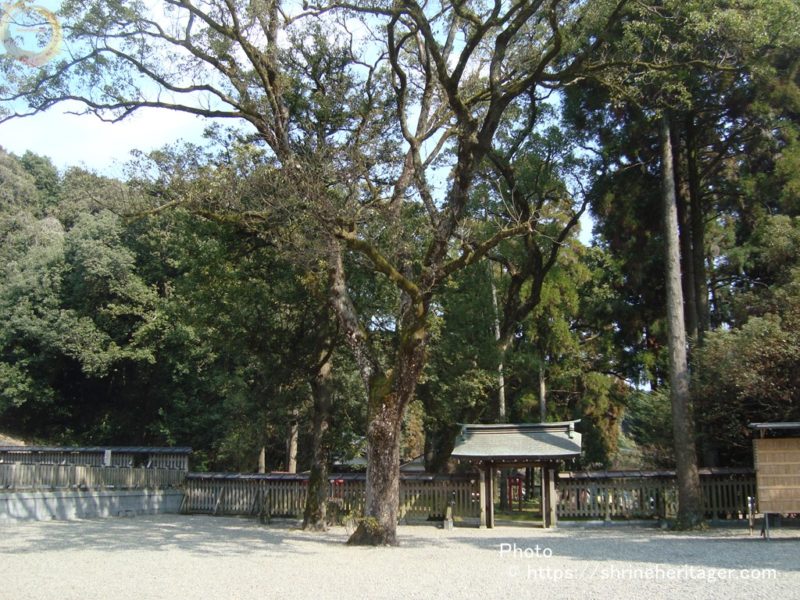
・末社 稲荷神社
《主》宇加之御魂神
From outside the ball fence
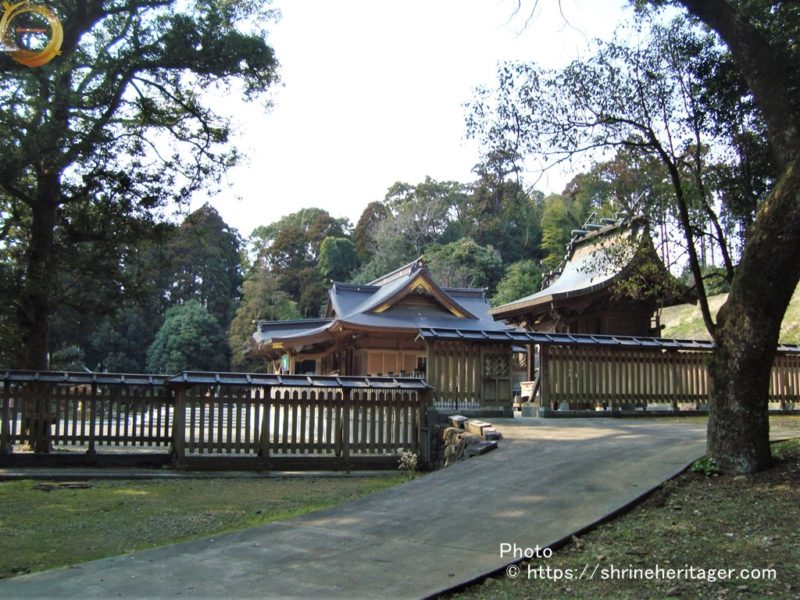
There is a "garden" on the west side of the precincts.
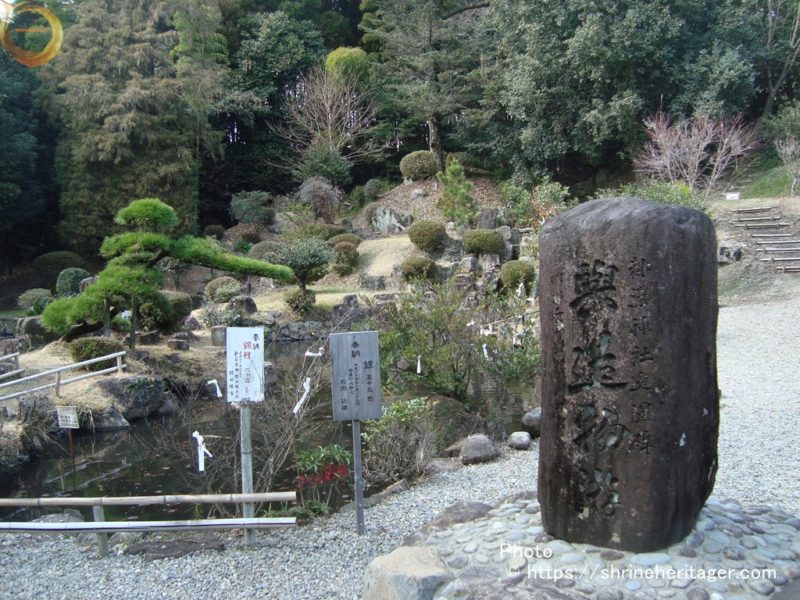
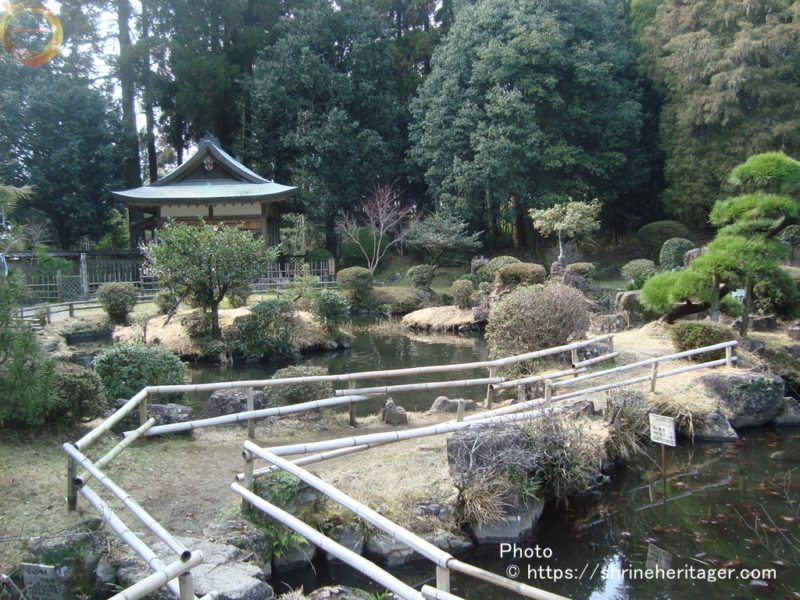
Leave the precincts and return to the approach
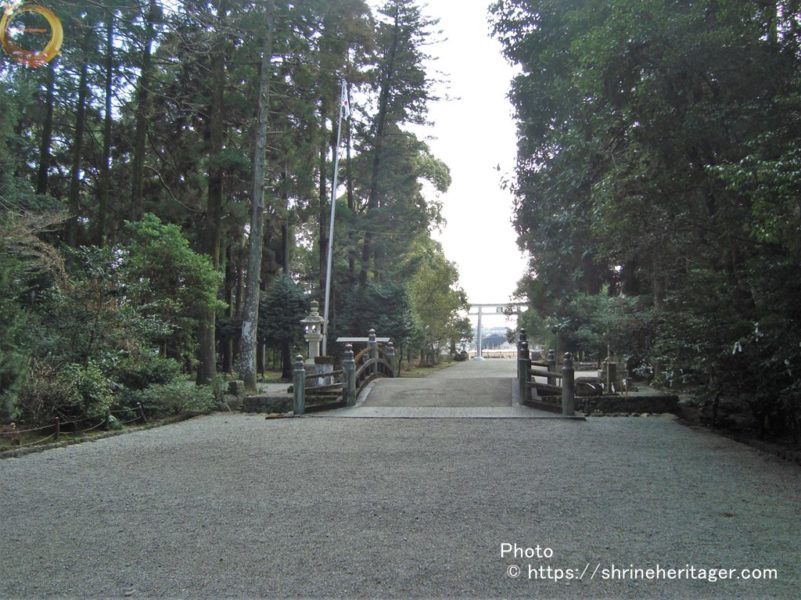
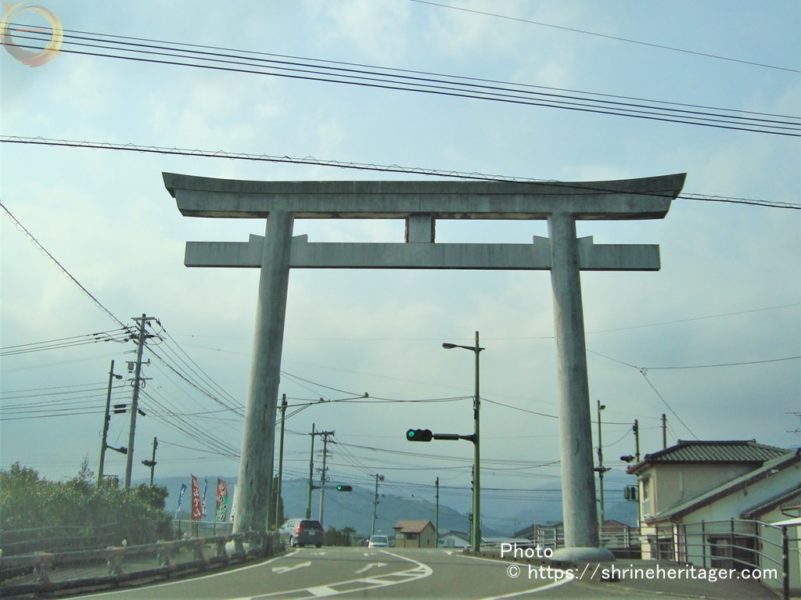
スポンサーリンク
神社の伝承(Old tales handed down to shrines)
I introduce the thing related to this shrine and the literature described.
Tradition written in "Tsuku Nihon Koku Kokuki"
There are two descriptions
・承和4年(837)8月 日向国「子都濃神(都農神社のこと)」を 江田神社(宮崎)霧島岑神社 と官社に列格とあります
・承和10年(843)9月19日 日向国「都濃皇神(都農神社のこと)」を 無位から従五位下 に昇格とあります
[See the original text] The National Archives Digital Archives "Sequel to Japan" was completed in 11th year of Jogan (869) Selected by Ryobo Fujiwara / Revised by Harushi Tateno Published by Kansei 07 [Former owner] Ministry of Home Affairs
https://www.digital.archives.go.jp/DAS/meta/listPhoto?LANG=default&BID=F1000000000000047680&ID=&TYPE=&NO=
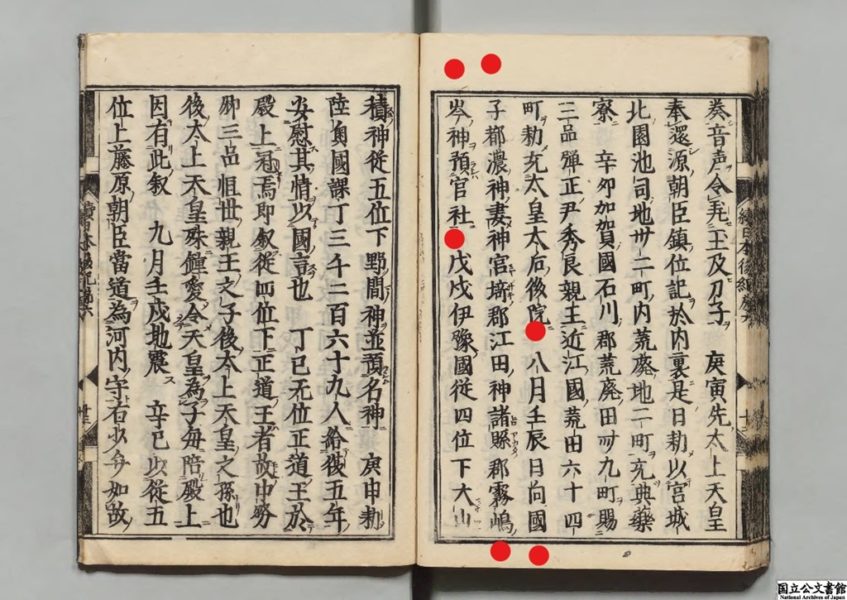
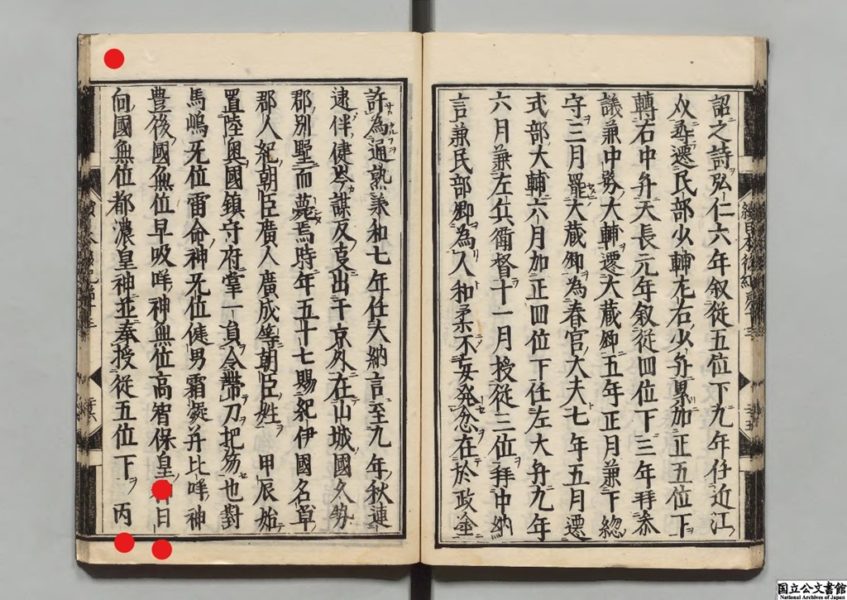
Tradition written in "Nihon sandai jitsoku"
This is the sixth history book of the Six Kingdoms, compiled in the Heian period (established in the first year of Enki (901)).
Nordhaven
「・天安2年(858)10月22日 日向国 従五位上から従四位上
髙智保神(高千穂神社のこと)都農神(都農神社のこと)など 」
[Reference] National Archives Digital Archives "Nippon Sandai Jitsuroku" Enki 1st year (901) Approved by: Fujiwara Tokihei / School Revision: Matsushita Mibayashi Publishing Book (Aba) Hirofumi 13 years 20 books [former kurashu] Autumn leaves mountain paperback
https://www.digital.archives.go.jp/DAS/meta/listPhoto?LANG=default&BID=F1000000000000047721&ID=M2014093020345388640&TYPE=&NO=
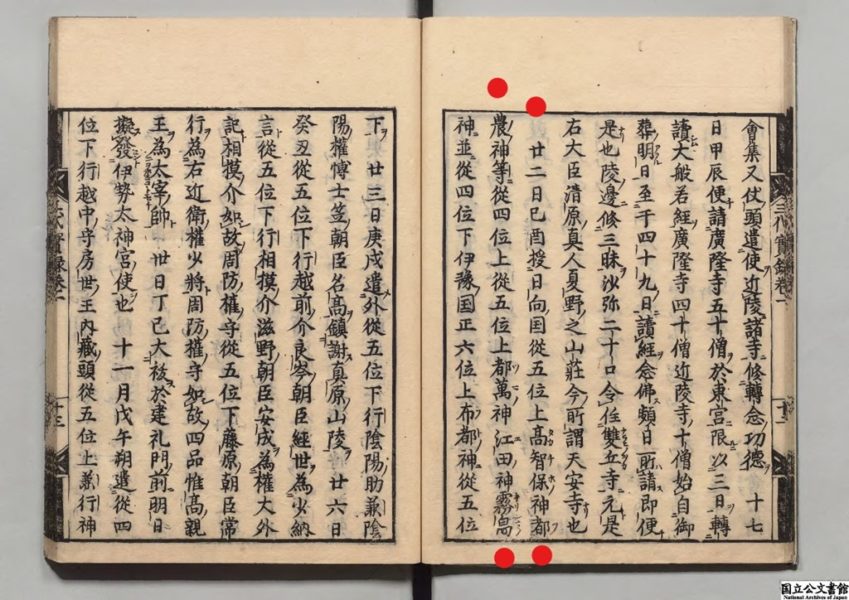
『橘三喜(tachibana mitsuyoshi)諸国一宮巡詣記抜粋(shokoku ichinomiya jumpaikibassui)』に記される伝承
日向一宮 都農宮「都豊大明神」とあります
【原文参照】国立公文書館デジタルアーカイブ『橘三喜 諸国一宮巡詣記抜粋 乾』(1675年~1697年)
https://www.digital.archives.go.jp/DAS/meta/listPhoto?LANG=default&BID=F1000000000000039344&ID=M2014090119552785625&TYPE=&NO=画像利用

According to legend, this shrine is said to have been built by the first emperor, tenno Jimmu(神武天皇). That was before he reached the throne. It was 2700 years ago.
"hai" (90-degree bow) at Tsuno shrine (tsuno shrine)
